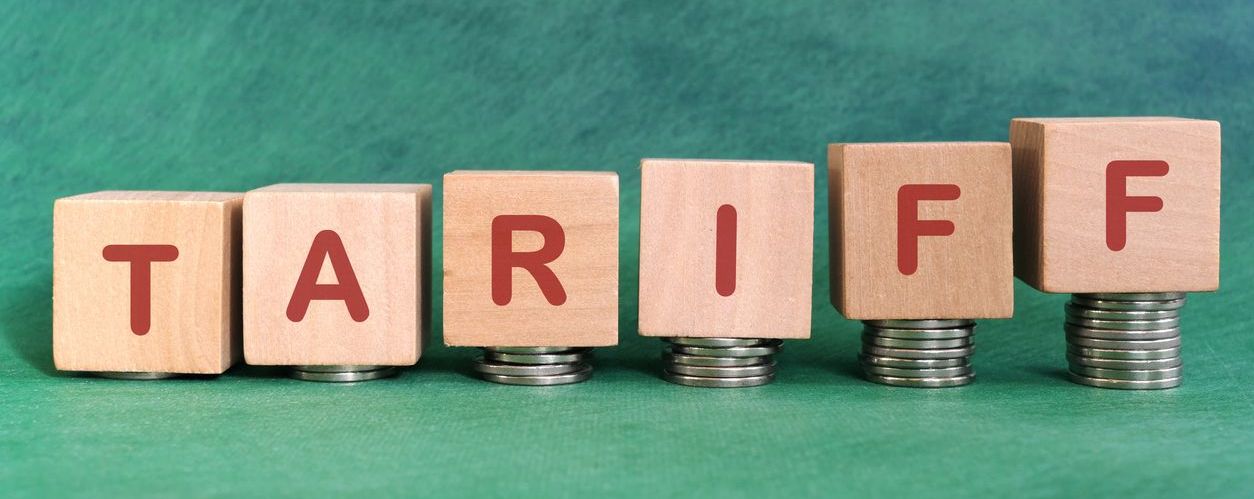2025/08/01
Trump Tariffs Becoming a Reality? It is Time to Pursue Structural Reform and Invest in Innovation.

On July 15, President Trump reiterated his intention to impose a 25% tariff on imports from Japan starting August 1, as stated in the letter to Japan released on July 7. Although the details of the negotiations between high-level officials can only be inferred from media reports, an unbridgeable gap may have existed between the two governments: the U.S. side entered the talks assuming Japan would be an easy negotiating partner, whereas the Japanese side clung to emotionally-driven hopes based on the mistaken belief that the two countries shared a mutually favorable relationship. In any case, unless either or both sides make political concessions within the remaining two weeks, the imposition of the tariffs appears inevitable.
The real issue lies ahead. To maintain their market share in the U.S., exporters may lower their prices to offset the tariffs that importers would otherwise have to bear. The key question is how far and in what form such price-cutting measures will spread. Needless to say, the high-tariff burden cannot be absorbed solely by squeezing exporters’ profit margins. In effect, they will be forced to reduce costs. In other words, it is likely that exporters will ask their suppliers for considerable price reductions.
Violations of the Subcontract Act have been on a decreasing trend, thanks in part to the efforts of the Japan Fair Trade Commission, the Small and Medium Enterprise Agency, and various industry groups. However, delays in payment, unilateral price reductions, and unreasonably low pricing pressure remain prevalent. These three categories alone account for 87% of all substantive violations and 33% of all violations including procedural breaches. (According to the Small and Medium Enterprise Agency’s FY2024 data) The burden of the downward pressure in the supply chain—such as demands like “If you’re trying to limit the impact of the Trump tariffs on sales, you will need to cut your delivery prices”—could ultimately end up falling disproportionately on small and medium-sized subcontractors.
Japan is not the only country targeted by the Trump tariffs. The high dependence on exports to the U.S. has now become a global risk, and movements to reduce this risk through international cooperation and supply chain reconfiguration are becoming increasingly evident. At the same time, there is also concern about opportunistic price competition triggered by the situation. However, becoming involved in such competition, or initiating dumping on their own, would not only hurt business partners, and by extension, the domestic economy unnecessarily, but would also ultimately undermine their own financial strength, credibility, and growth potential. Given that many major exporting companies, in particular, are believed to have sufficient retained earnings to withstand the next three and a half years, I hope they will instead concentrate all their management resources on creating products with quality and originality that the U.S. and the world will have no choice but to buy.
■Related article:
President Trump Announces the Reciprocal Tariffs: U.S. Regression Can be a Chance for “Japan’s Revival”
This Week’s Focus, 7.13 – 7.17
Takashi Mizukoshi, the President